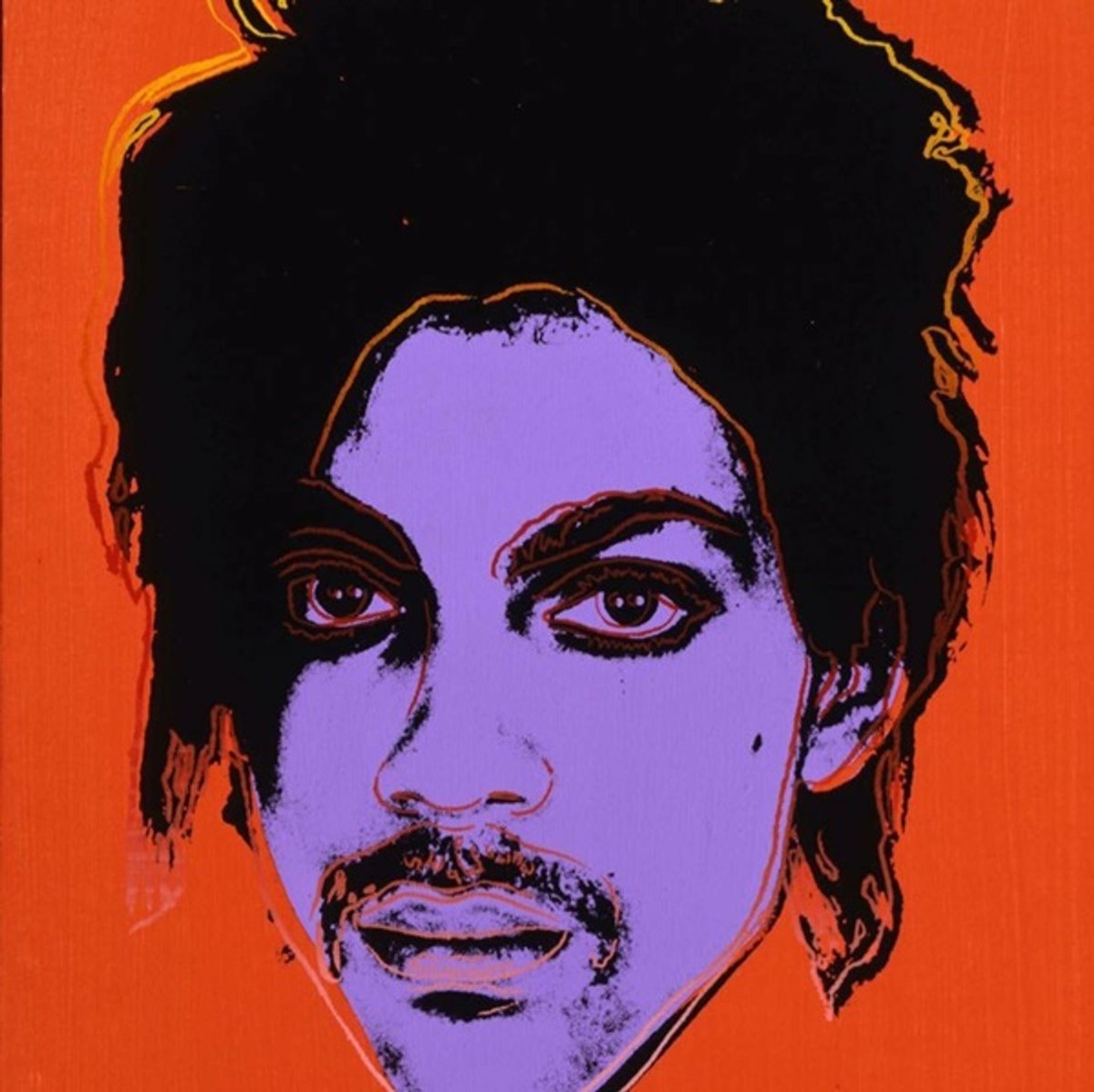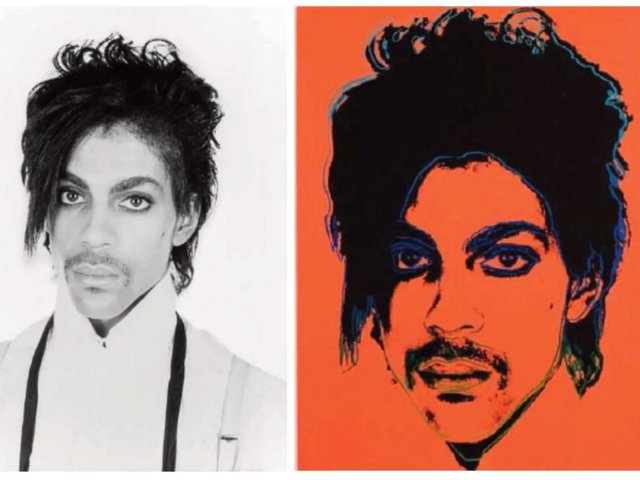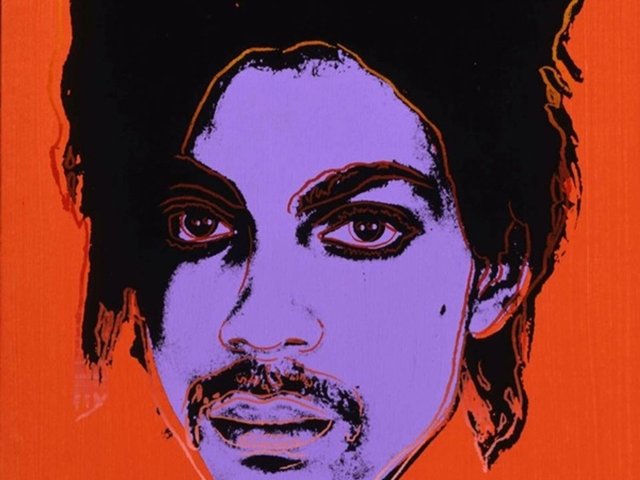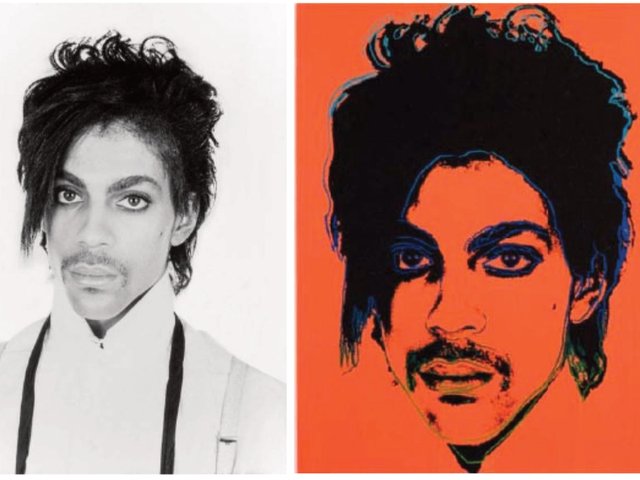The US Supreme Court said Monday that it will hear an appeal of a federal appeals court ruling that Andy Warhol did not transform an original photograph enough to earn copyright protection for his silkscreens.
The case will probe the tests that courts examine, including a work’s meaning or message, when they assess whether a new work adequately changes an original, and could have broad implications for the copyright status of appropriation art. The appeal is brought by the Andy Warhol Foundation for the Visual Arts, which seeks copyright for the artist’s silkscreens based on a copyrighted portrait by Lucy Goldsmith of the musician, Prince.
In petitioning the Supreme Court to take the appeal, the foundation said the 2021 decision by the Second Circuit federal appeals court in New York conflicts with Supreme Court precedent on copyright law, under which the “fair use” test requires ascertaining whether a new work has a meaning or message different from the original. The New York decision forbids that inquiry, the foundation said, which would mean that a creative work “could be lawful in one jurisdiction, and unlawful in another, depending on whether a court may ascertain the meaning of the new work”. It urged the Supreme Court to address the inconsistency.
Roman Martinez, a lawyer for the foundation, tells The Art Newspaper that he welcomes the Supreme Court’s grant of review. “The ‘fair use’ doctrine plays an essential role in protecting free artistic expression and advancing core First Amendment values. We look forward to presenting our arguments to the Court and hope they will recognise that Andy Warhol’s transformative works of art are fully protected by law.”
Andy Gass, another lawyer for the foundation, adds that the “fair use” doctrine “has for centuries been a cornerstone of creativity in our culture. Our goal in this case is to preserve the breadth of protection it affords for all—from the Andy Warhols of the world, to those just embarking on their own process of exploration and innovation”.
Goldsmith had urged the Court not to take the appeal, saying the Warhol Foundation was trying to “manufacture” a split among federal circuit courts that did not exist, and that the New York Court correctly applied the Supreme Court’s test for “transformativness”, one of the factors to be considered in determining copyright eligibility when a new work is based on another. The New York court correctly found that Warhol “replicated” Goldsmith’s work but did not add new purpose, meaning, or message, she says, finding instead that the two works shared a common purpose as artistic portraits of Prince.
In a statement, Goldsmith tells The Art Newspaper the New York appeals court decision had protected her copyright in her portrait of Prince. “Five years ago, the Foundation sued me to obtain a ruling that it could use my photograph without asking my permission or paying me anything for my work. I fought this suit to protect not only my own rights, but the rights of all photographers and visual artists to make a living by licensing their creative work—and also to decide when, how, and even whether to exploit their creative works or license others to do so. I look forward to continuing that fight in the Supreme Court.”
The parties will now file briefs to the Court on the substantive issues of the case.





